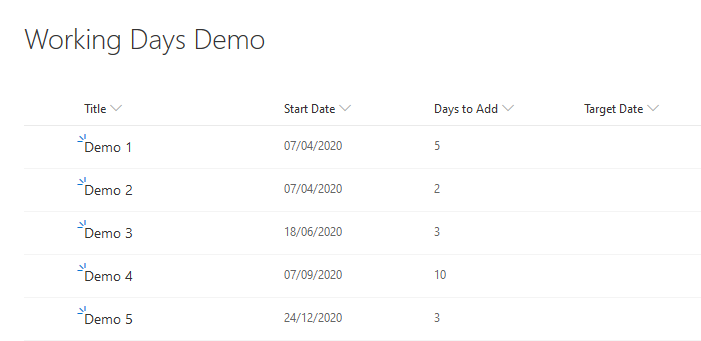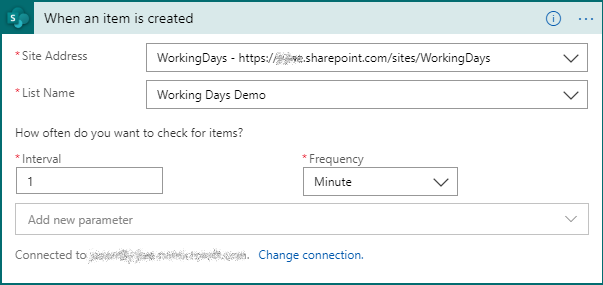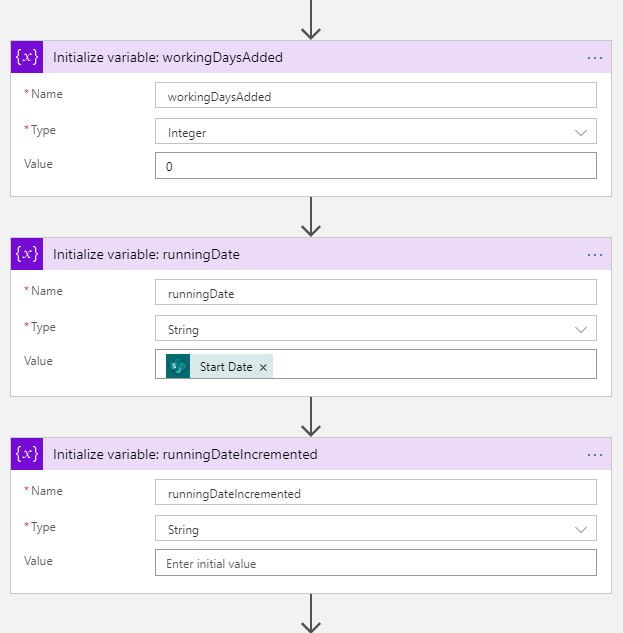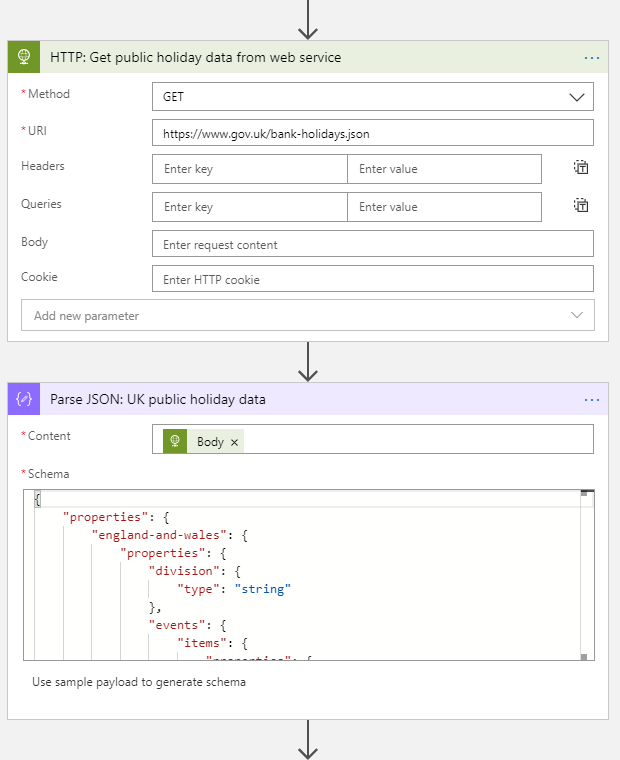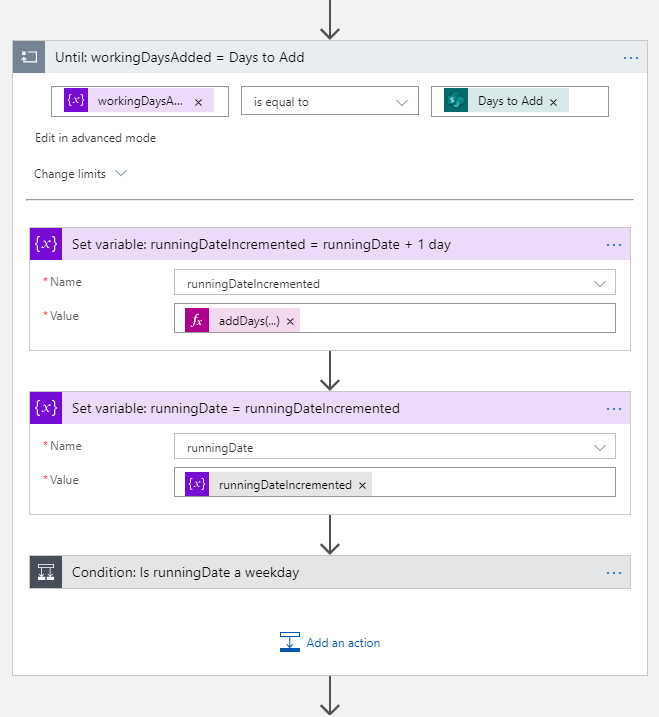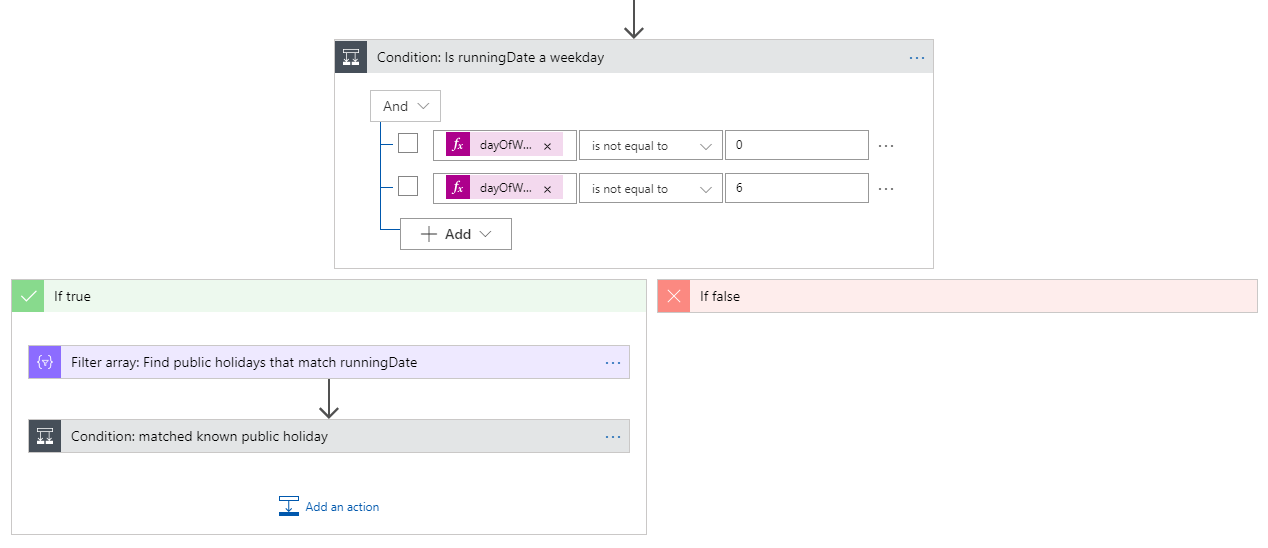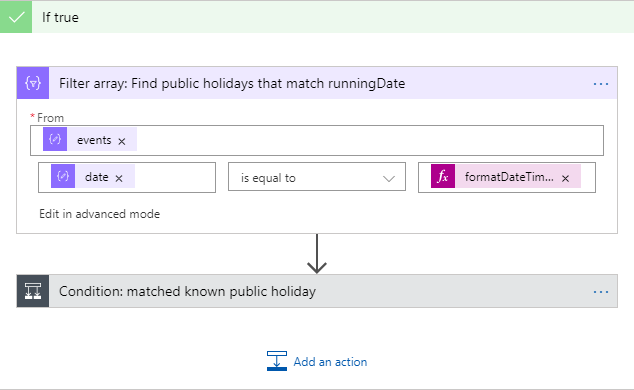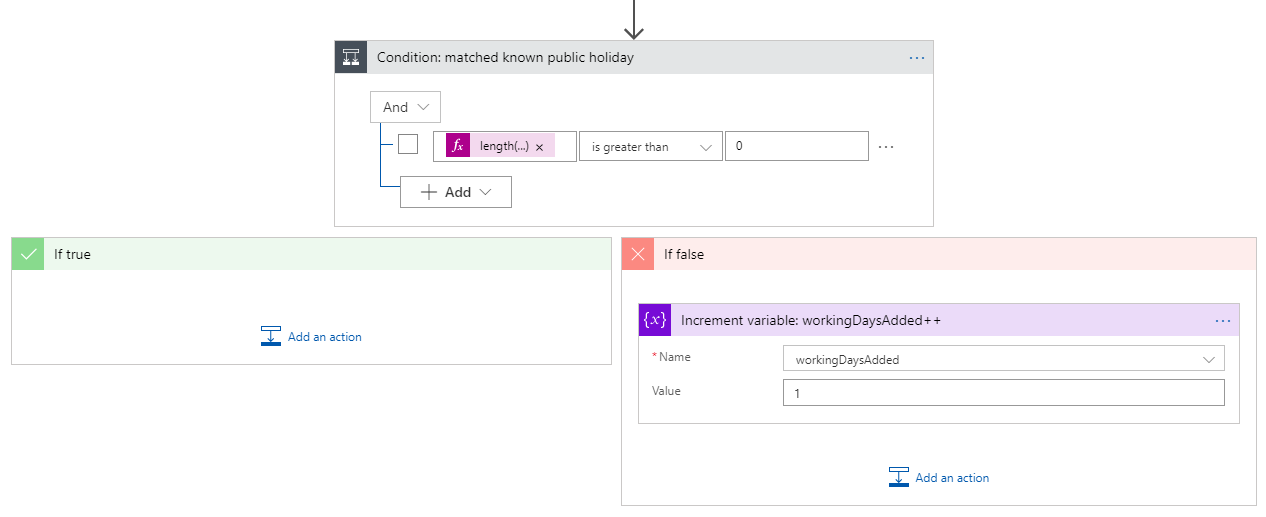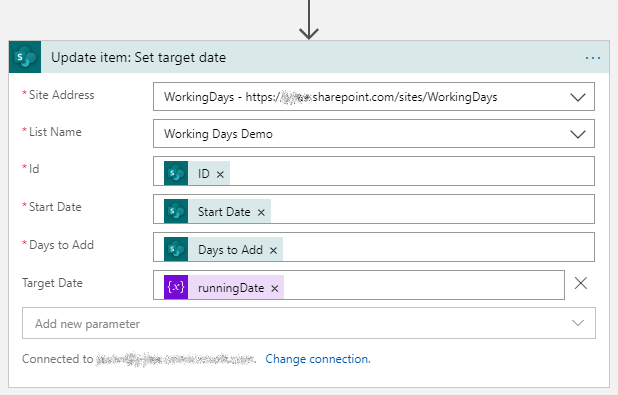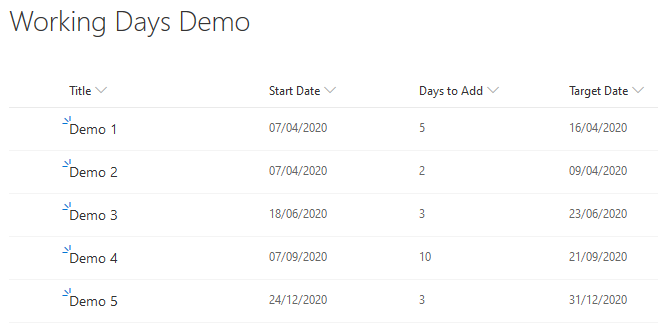First published on www.jrjlee.com
Here’s a common scenario for any kind of SLA-driven process – calculate a target date or a due date for a task based on a number of working days. In most cases, we can take working days to be everything except weekends and public holidays. Let’s take a look at how you might go about it in Power Automate or Azure Logic Apps.
Note: the approach is identical regardless of whether you go with Power Automate or Logic Apps – I’m using Logic Apps in this case because the HTTP connector requires a premium license in Power Automate.
